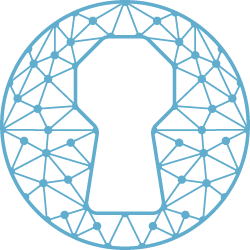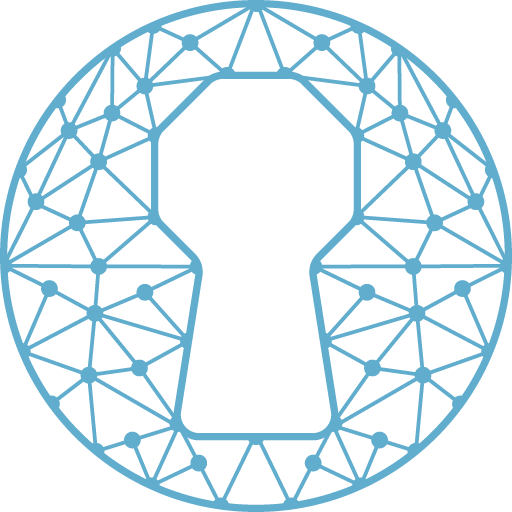 1. Pan-European Diagnosis and State of the Arts
1. Pan-European Diagnosis and State of the Arts
In order to be able to define New Business Models for European Archives, it is important first of all to have a deeper knowledge of the existing “model” or management of such cultural heritage. Most National Archives are governmental bodies, but they can be organised in different structures depending on each country (departments of Ministry of Culture or of other Ministries, such as Interior, Independent bodies, Foundations, etc.). From a budgetary perspective, depending on the country, they can have different sources of revenue, fees, human resources management, management of the audience, communication strategies, level and capacity of digitization, etc.
Throughout the past decades, the National Archives have closely worked together in order to define technical archival standards and tools, such as the Archives Portal Europe platform, in particular to encourage and secure interoperability with the various national and institutional archives portals. In addition, through the European Board of National Archivists (EBNA) and the European Archives Group (EAG), many efforts have been made to discuss strategic questions of the sector and its services, but mostly from technical – and not managerial – perspectives: Preservation of electronic records, digitisation, theft and natural disasters inflicting archives etc.
In that sense, despite the existing collaboration between European Archives, there is a clear lack of homogenous data on the existing models applied in each country, in particular towards their financial sustainability. The present activity should contribute to fill this gap, through the gathering of homogeneous data from 42 institutions (21 National Archives + 21 Local/regional Archives) within 21 States. It has created a necessary joint knowledge – not covered on statistics or by Eurostat so far – that will help to further define and monitor the New Business Models (Activities 7 & 8).
For such purpose, under the leadership of the LP (Spanish State Archives) and with the support of external/scientific experts, this Pan-European Diagnosis and State of the Arts has been be tackled in the first semester of 2020
It consists on a mapping of key data on the existing models being applied so far, based on an ad hoc Business Model Canvas adapted to the sector, that includes:
- Legal Structure
- Finances (Cost structure versus Revenue Streams, such as usage fees, subscription fees, licencing, advertising, projects generation, etc.)
- Key resources (Human & Technological Resources, including subcontracting policies, etc.)
- Distribution channels
- Digitization policy/activities
- Customer (Audiences) data (relationships, segments, etc.)
- Communication
On this basis, a composite report has been drafted, including some first conclusions and definition of a general profile.
To read the report please click here
 2. Definition of an International Benchmark
2. Definition of an International Benchmark
In parallel to Activity 1 (Pan-European Diagnosis), a second initial research has been carried out, this time to identify good practices and new trends in the management of cultural institutions, in order to be able to assess their potential and implementation towards the Archives subsector. The objective here is to benchmark practices made by institutions worldwide such as public and private Museums, Libraries, Heritage and Cultural Centres, to showcase innovative solutions in cultural management carried out by organisations that share the similar goals of protecting, enhancing arts and cultural heritage.
37 Good Practices have been identified, covering the following managerial topics:
- Generation of new incomes / Financial resources: e.g. crowdfunding and crowdsourcing projects, merchandising, fees management, etc.)
- Public-Private Partnerships (PPPs) and co-production opportunities
- Cultural hybridization (creation of cross-cultural products)
- Audience Management
The good practices are presented under the form of homogeneous fiches and will be assessed by the partners to check their transferability potential to the Archives subsector and contribute to generate some first recommendations.
As for Activity 1, it has been coordinated by the LP, counting on external/scientific expertise and generating shareable knowledge that will contribute to the successful implementation of the rest of the project activities.
To read the report please click here

